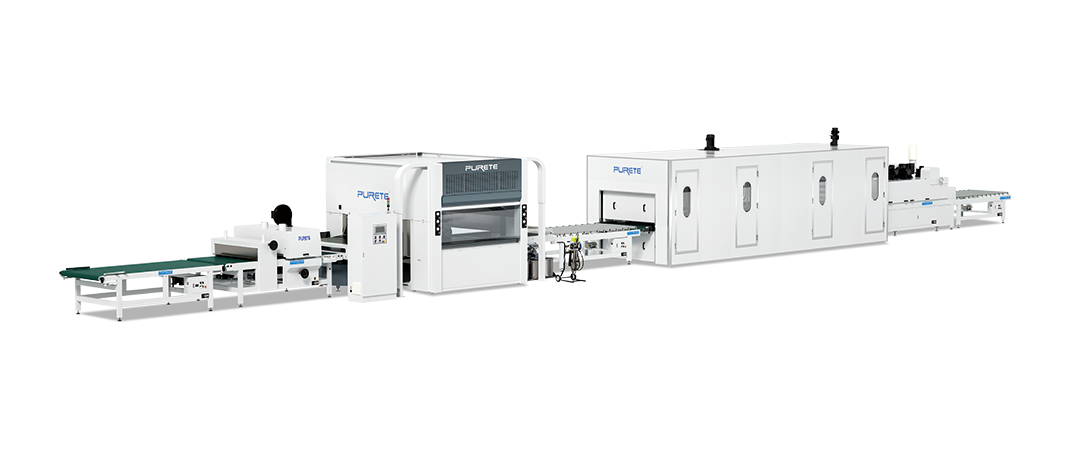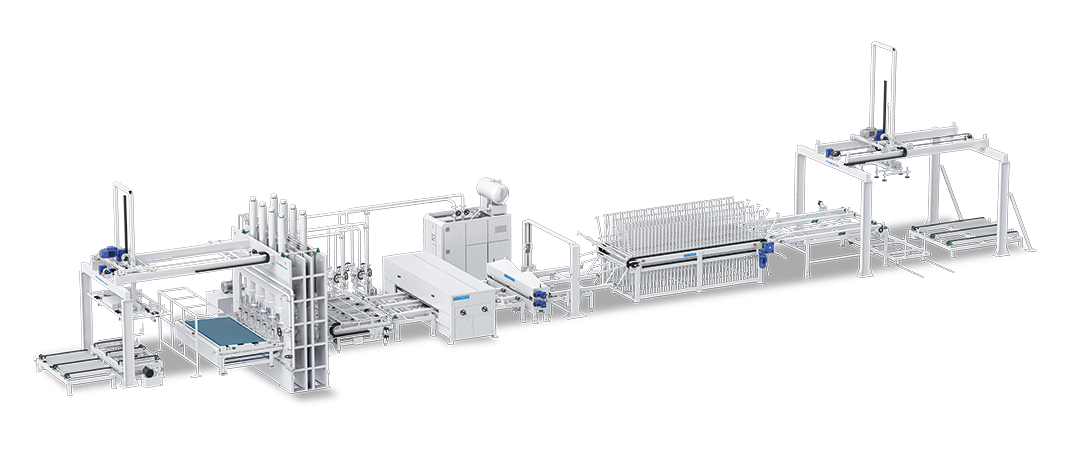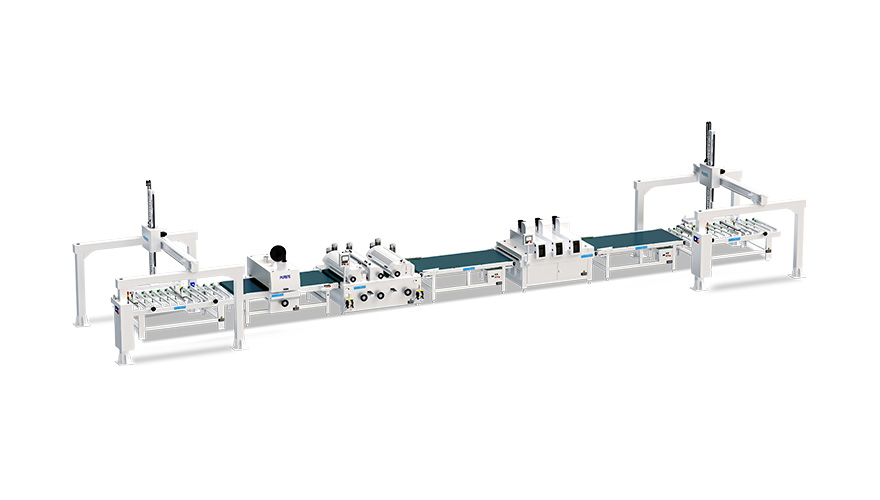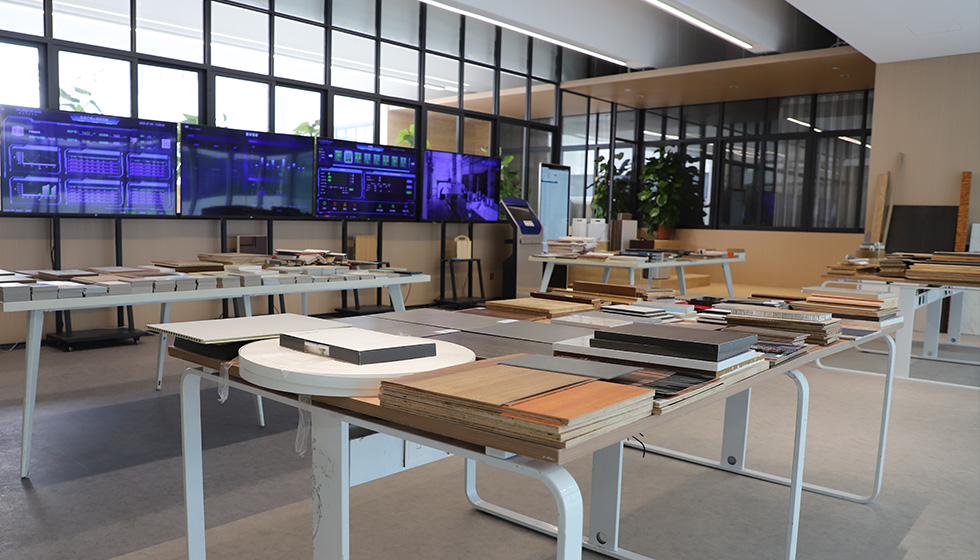How to Choose the Right Spray Painting Machine for Wood Door Coating?
 January 20, 2025
January 20, 2025 Hits:93second
Hits:93secondIn the wood door manufacturing process, the coating quality directly affects the door’s appearance, texture, and durability. Spray painting machines, as the core equipment, play a critical role. Selecting the right spray painting machine not only improves production efficiency but also significantly enhances coating quality, meeting the diverse needs of wood door production. This article analyzes three key points to help manufacturers make informed decisions when choosing a spray painting machine for wood door coating.
Key Point 1: Adaptability of the Spray Painting Machine to Coating Processes
1. Coating Process Requirements
Wood door coating involves multiple processes, including primers, topcoats, clear coats, and multilayer composite coatings. When selecting a spray painting machine, ensure it can handle these processes. For high-end wood doors requiring glossy or matte finishes, the machine must deliver precise spraying and fine atomization.
2. Surface Complexity of Wood Doors
Wood doors come in various designs, such as flat doors, embossed doors, and carved doors. For flat doors, standard spray painting machines suffice. However, for complex surfaces like carvings or textured patterns, machines with multi-axis robotic arms or intelligent path planning are recommended to ensure full and even coverage.
3. Compatibility with Coating Materials
Modern coating processes increasingly favor environmentally friendly water-based paints or low-VOC coatings. Therefore, the spray painting machine should support these new coating materials and include features such as viscosity control and precise volume adjustments.
Key Point 2: Performance and Efficiency of the Spray Painting Machine
1. Spraying Efficiency
Manufacturers often face high-volume production demands, making the machine’s efficiency crucial. Consider factors such as the area coated per hour, the speed of workpiece transitions, and downtime requirements during the coating process.
2. Coating Precision
Precision determines the final quality of the wood door, especially for high-end products. A good spray painting machine should offer precise path control and uniform spraying, ensuring smooth, flawless surfaces with no drips or accumulations.
3. Degree of Automation
Highly automated spray painting machines reduce manual intervention, increasing efficiency and minimizing quality fluctuations caused by human error. Features such as automated path planning, adaptive parameter adjustments, and intelligent fault diagnostics can significantly enhance production processes.
Key Point 3: Cost and After-Sales Service
1. Equipment Cost
Spray painting machine prices vary based on functionality and performance. For businesses with limited budgets, selecting cost-effective machines that meet basic production needs is essential.
2. Operating and Maintenance Costs
Operating costs include paint consumption, energy use, and maintenance expenses. Choose machines with high energy efficiency and paint utilization rates. For example, machines with electrostatic spraying technology can significantly reduce paint waste and lower overall costs.
3. After-Sales Service and Technical Support
As a long-term investment, the quality of after-sales service directly affects the machine’s lifespan and fault resolution efficiency. Opt for suppliers that provide comprehensive support, including installation, commissioning, operator training, routine maintenance, and repair services.
Choosing the right spray painting machine for wood door coating requires careful consideration of its adaptability to coating processes, performance, efficiency, costs, and after-sales service. By clearly understanding production needs, manufacturers can select the most suitable equipment, enhancing coating quality, optimizing production efficiency, and gaining a competitive edge in the market.















